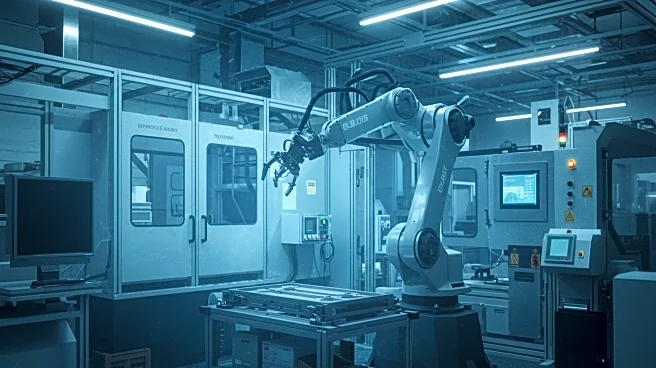What's Happening?
A recent report highlights a significant gender gap in India's fast-moving consumer durables (FMCD) sector, despite a 30% increase in hiring over the past two years. According to the report by CIEL HR, women constitute only 9% of the workforce in this sector. The analysis, based on data from 100,000 executives and 1,005 job postings, reveals that women are particularly underrepresented in manufacturing, sales, and technical roles due to structural barriers. The report emphasizes the potential competitive advantage for companies that address this gender disparity, as diversity can lead to innovation and better consumer understanding. Additionally, the FMCD sector is expanding beyond metropolitan areas, with Tier-II cities accounting for 22% of job postings, driven by rising consumer interest in white goods.
Why It's Important?
The underrepresentation of women in the FMCD sector highlights a broader issue of gender inequality in the workforce, which can impact economic growth and innovation. Companies that fail to address this gap may miss out on diverse perspectives that are crucial for understanding consumer needs, especially since women influence a majority of purchasing decisions. The sector's growth in non-metro areas also indicates a shift in consumer markets, presenting new opportunities for businesses to tap into emerging markets. Addressing the gender gap could enhance the sector's competitiveness and contribute to a more inclusive economy.
What's Next?
As the FMCD sector continues to grow, companies may need to implement strategies to increase female participation in their workforce. This could involve creating more inclusive hiring practices, offering flexible work arrangements, and providing mentorship programs to support women in technical and leadership roles. Additionally, the geographic diversification of job postings suggests that companies will need to adapt their recruitment strategies to attract talent in emerging markets. The sector's focus on differentiated consumer experiences may also drive demand for roles such as industrial designers and data engineers.












